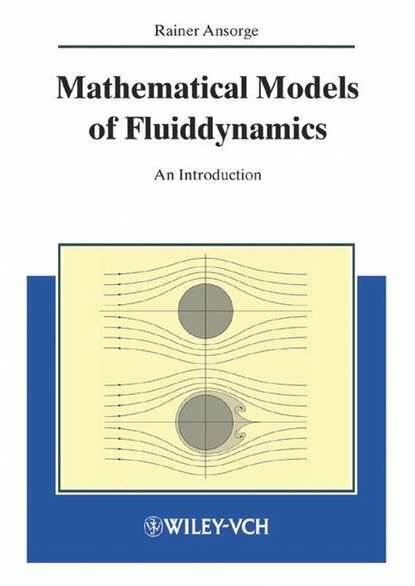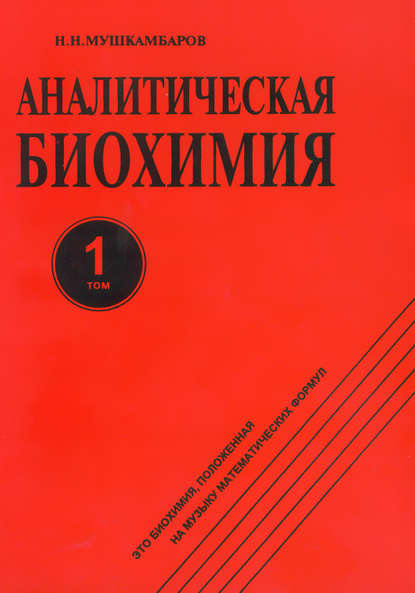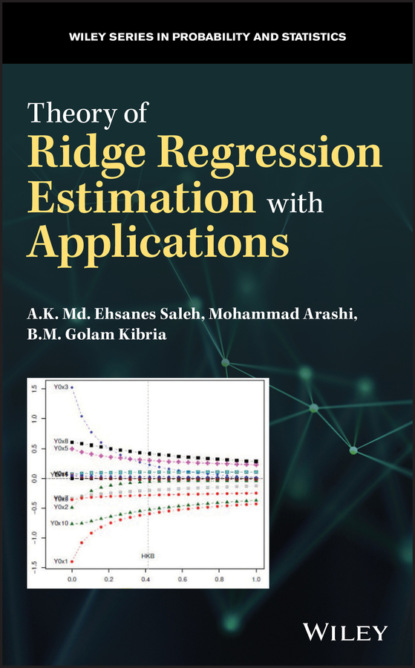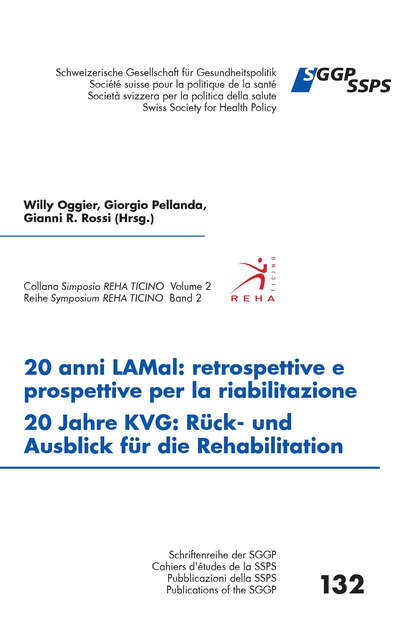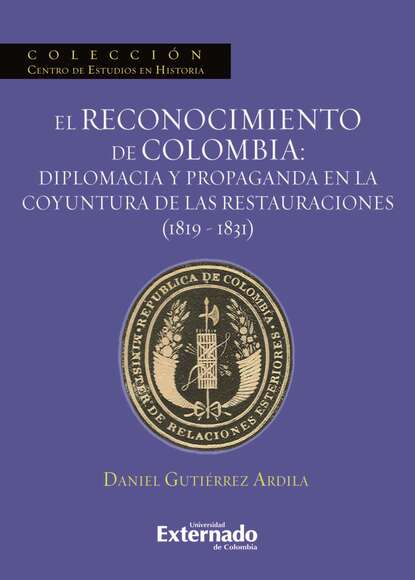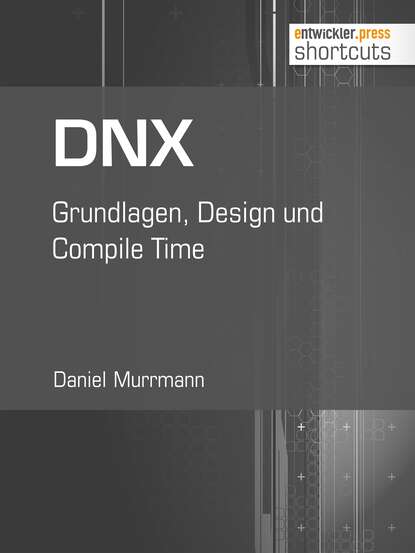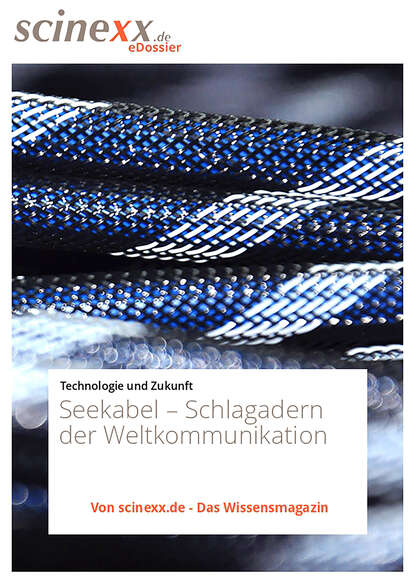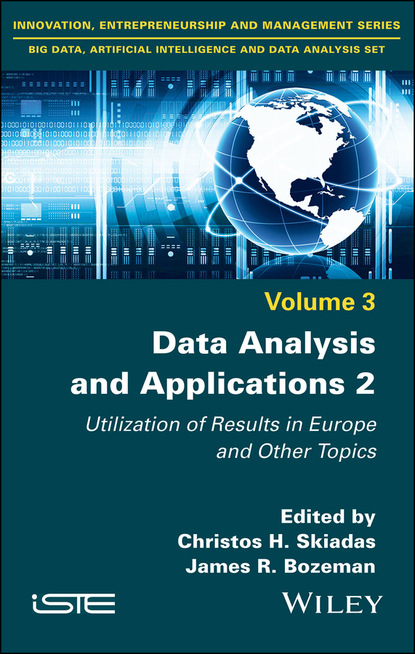Это введение в область математического моделирования гидродинамики содержит тщательный подбор тем и примеров без потери научной строгости. Автор ведет читателей через математическое моделирование, теоретический анализ лежащих в основе физических законов и построение и эффективное использование численных методов для описания поведения динамики физических потоков. Как студенты, так и эксперты, намеревающиеся управлять или прогнозировать поведение потоков жидкости с помощью теоретической и вычислительной гидродинамики, извлекут пользу из комбинации всех актуальных аспектов в одном удобном томе. Книга состоит из трех основных частей:
-
Разработка математических моделей физических потоков жидкости;
-
Теоретический анализ уравнений, представляющих модель, таких как уравнения Навье-Стокса, Эйлера, пограничного слоя, модели турбулентности, чтобы получить качественные и количественные представления о процессах потоков;
-
Построение и эффективное использование численных методов для получения количественных описаний конкретных физических или технических ситуаций течения жидкости.
Это первый текст такого рода, который настолько тщательно объединяет все эти предметы.
This comprehensive volume introduces the reader to key topics in the field of fluid dynamics, linking them together and explaining how numerical methods can be used to gain an understanding of complicated fluid motions. Professional scientists, engineers and graduate students who are interested in fluid dynamics and mathematical models will find this book invaluable. It contains over 130 exercises which are designed to test the students' capacity for applying the acquired theoretical knowledge in new, unencountered situations. Quality Features: Clear and precise discussions led by an extensive international team of well-thought out authors on each chapter. The first chapter, written by German physicist Juergen Herzog, provides a clear overview of different models of fluids and their importance. Supporting material, exercises and access to a vast online collection of photographs and movies for additional learning prospect available to all users of the e-books. E-book also features the ability to highlight text, bookmark chapters and add notes and highlights. Key Features: Covers a wide range of topics to allow the reader a thorough understanding of theoretical fluid dynamics including classical theories such as boundary layer theory and turbulence models. Includes comprehensive treatments of well-known fluid dynamical phenomena that help the student put the theory into context and understand complex mathematical information such as flows in pipe systems, channel flows, boundary layers, mixing layers and Rayleigh-Benard convection. Open Access Publication: This book is available in an Open Access format. Besides opening it up to people with limited finances, this makes high quality research available to everyone with internet connectivity. High quality photographs taken by renowned photographers such as Prof. Peter Haupt and Christof Schulz support many topics. These images not only help explain the various physical and geometrical concepts but also enhance the reading experience. Up-to-date information accessible via links to external websites where appropriate. Appropriate discussion of alternative classes of models taking different approaches to fluid dynamics. Exercises and solutions to maximise flexibility. Plenty of exercises with solutions to enhance the learning experience and check whether the reader has mastered the presented material. This prompts the reader to reflect on connections between different chapters and subtle variations of mathematical structures, promoting deeper understanding. Written in a straightforward and clear language making it accessible to both physics graduate students as well as researchers with a background in fluid mechanics.
Электронная Книга «Mathematical Models of Fluiddynamics» написана автором Группа авторов в году.
Минимальный возраст читателя: 0
Язык: Английский
ISBN: 9783527606399
Описание книги от Группа авторов
This introduction to the field contains a careful selection of topics and examples without sacrificing scientific strictness. The author guides readers through mathematical modelling, the theoretical treatment of the underlying physical laws and the construction and effective use of numerical procedures to describe the behaviour of the dynamics of physical flow. Both students and experts intending to control or predict the behavior of fluid flows by theoretical and computational fluid dynamics will benefit from the combination of all relevant aspects in one handy volume. The book consists of three main parts: – The design of mathematical models of physical fluid flow; – A theoretical treatment of the equations representing the model, as Navier-Stokes, Euler, and boundary layer equations, models of turbulence, in order to gain qualitative as well as quantitative insights into the processes of flow events; – The construction and effective use of numerical procedures in order to find quantitative descriptions of concrete physical or technical fluid flow situations. This is the first text of its kind to merge all these subjects so thoroughly.
